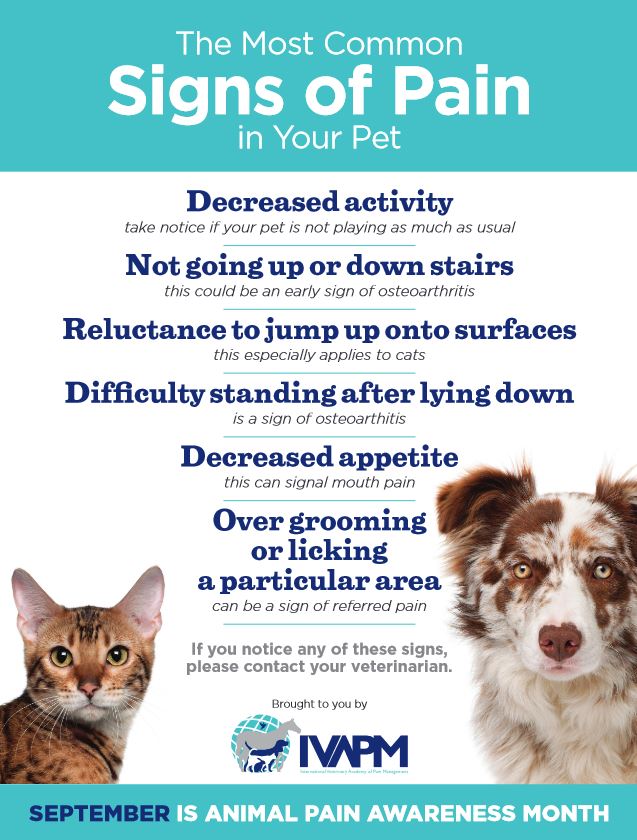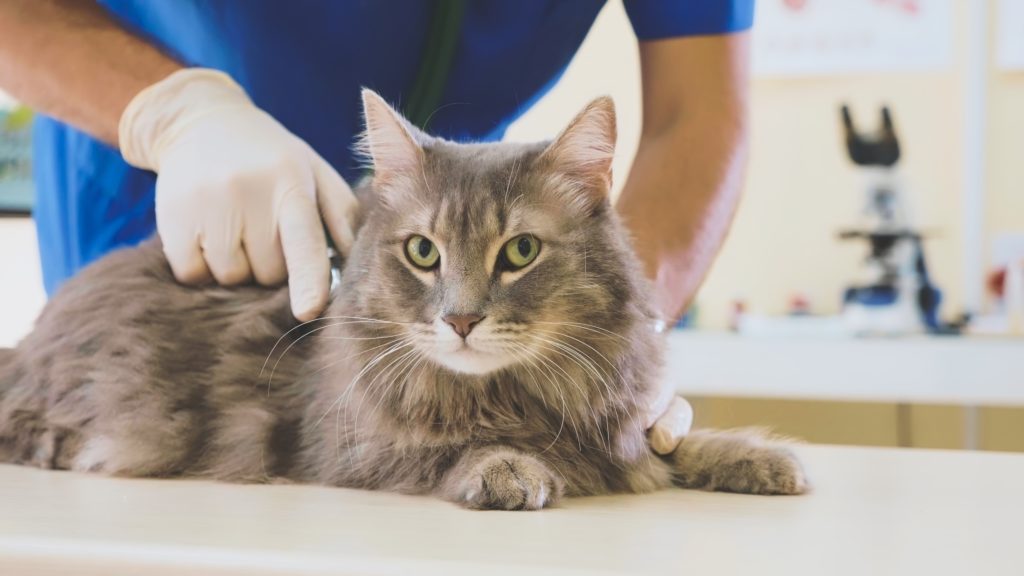The Use of VetStem Cell Therapy in Veterinary Pain Practice
Welcome to the final week of Animal Pain Awareness Month and our pain themed blogs. This week, we’d like to introduce you to a veterinary pain specialist and VetStem user, Dr. Douglas Stramel. But first, meet his patient, Koda.
Koda, a Labrador retriever, was approximately nine years old when he began to show signs of slowing down. His owners reported that he was limping and seemed unhappy. His left elbow became swollen and x-rays revealed that he had elbow osteoarthritis. His veterinarian at the time drained his elbow and administered a steroid injection. This same procedure was performed twice in three months with minimal improvement.
Fortunately for Koda, his owners sought out Dr. Douglas Stramel, a Certified Veterinary Pain Practitioner. This certification is offered through the International Veterinary Academy of Pain Management (IVAPM) for both veterinarians and veterinary technicians. According to Dr. Stramel, “This certification indicates that someone successfully completed advanced training in pain management. Certification holders demonstrate an advanced knowledge in assessing, diagnosing, and treating painful conditions in animals.”

Often, the most effective pain management requires a multimodal approach. For instance, Dr. Stramel’s practice, Advanced Care Veterinary Services, offers numerous services aimed at controlling and correcting pain in pets including surgery, acupuncture, laser therapy, rehabilitation, and regenerative medicine. In Koda’s case, Dr. Stramel utilized medication, shockwave therapy, hyaluronic acid injections, and also recommended treatment with VetStem Cell Therapy.
Dr. Stramel has been providing VetStem Cell Therapy for his patients since 2008 and has even treated his own dog. Stem cells are regenerative cells that can differentiate into many tissue types and have demonstrated the ability to reduce pain and inflammation, help to restore range of motion, and stimulate regeneration of tendon, ligament, and joint tissues. In a peer-reviewed study of dogs with chronic osteoarthritis of the elbow it was found that stem cells reduced lameness and pain.
To being the process, Dr. Stramel collected fat tissue from Koda’s abdomen in a minimally invasive anesthetic procedure. The fat was aseptically packaged and shipped to the VetStem processing laboratory in Poway, California. Lab technicians processed the fat to extract and concentrate the stem and regenerative cells contained therein. The cells were divided into doses, and two injectable doses were shipped to Dr. Stramel for treatment. Approximately 48 hours after the initial fat collection procedure, Koda received one dose of his own stem cells into his elbow and one dose intravenously.
Koda’s owners were very pleased with the results of his stem cell therapy. His mom stated, “Koda can now go up and down the stairs when he wants to and not struggle. He had been hesitant to go on walks for a period of time prior to the stem cell therapy but now there is no hesitation. Koda’s spirit is uplifted and he seems very cheerful and comfortable.” After Koda’s great response, his owner stated that she would recommend stem cell therapy to other dog owners.
That concludes VetStem’s pain-themed blogs for Animal Pain Awareness Month. We hope you enjoyed this blog series and learned a bit about pain in pets. If you think your pet may be in pain or if you think your pet may benefit from treatment with VetStem Cell Therapy, speak to your veterinarian or contact us to receive a list of VetStem providers near you.




